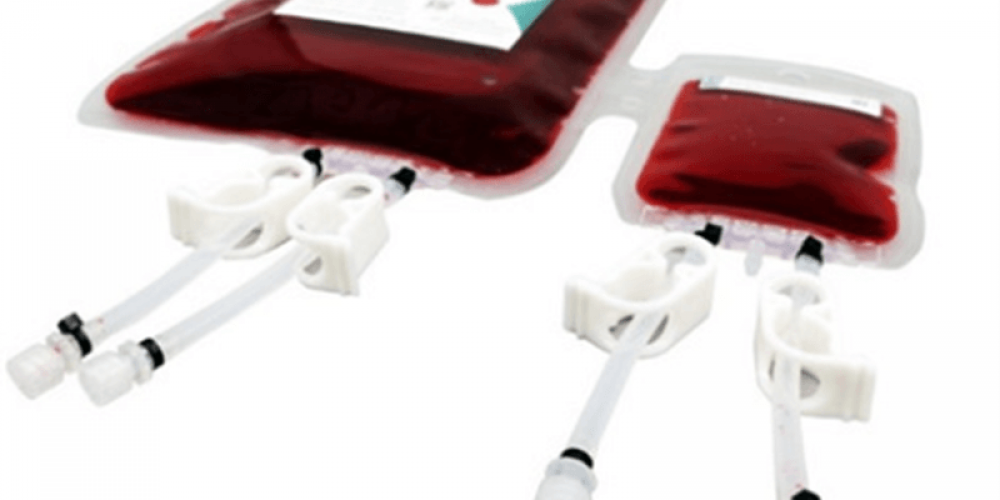
Whether the material of the blood bag is harmful to the human body depends mainly on the specific material of the blood bag and the additives used in the production process.
Traditionally, blood bags are mainly made of polyvinyl chloride (PVC) materials, and plasticizers such as di(2-ethylhexyl) phthalate (DEHP) are usually added to PVC materials during the production process to increase its flexibility and plasticity. However, DEHP is a potentially harmful chemical that may have adverse effects on human health, including carcinogenicity, affecting the endocrine system and reproductive system, etc.
Specifically, DEHP may seep out of the blood bag and dissolve into the blood, especially when the blood is stored for a long time, the concentration of DEHP may gradually increase. Therefore, patients receiving blood transfusion therapy, especially high-risk groups who receive long-term blood transfusion therapy (such as adolescent males, pregnant and lactating women, etc.), may face higher health risks. However, with the continuous advancement of medical technology and the continuous development of material science, the materials of modern blood bags are also constantly improving. Some new blood bags are beginning to be made of non-toxic and cold-resistant plastics such as polyethylene (PE) or polypropylene (PP), which do not require the addition of plasticizers during the production process, so they are relatively less harmful to human health. In order to ensure the safety of blood bags, medical regulatory agencies in various countries and regions usually formulate strict regulations and standards to regulate the production and use of blood bags. These regulations and standards usually require blood bag manufacturers to strictly control the quality of raw materials during the production process and clearly mark the materials and possible risks of blood bags in the product instructions.
Therefore, when selecting and using blood bags, medical staff and patients should pay attention to the materials and manufacturers of blood bags, and follow the guidelines and recommendations of medical regulatory agencies. At the same time, for patients who need blood transfusion treatment, medical staff should fully understand their health status and blood transfusion needs in order to select appropriate blood bags and ensure the safety of the blood transfusion process.
In general, although traditional PVC blood bags may cause certain harm to human health, the materials of modern new blood bags have been improved and are relatively less harmful to human health. When using blood bags, attention should be paid to their materials and manufacturers, and the guidelines and recommendations of medical regulatory agencies should be followed.